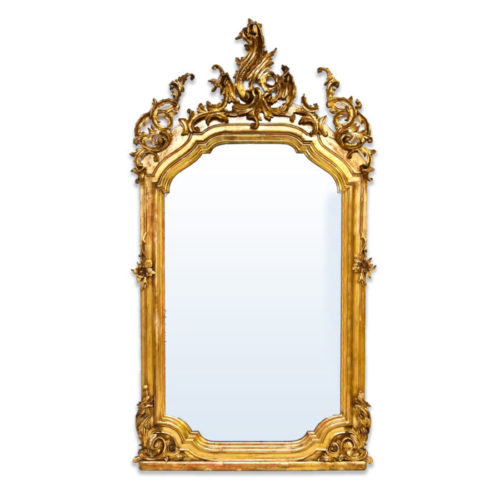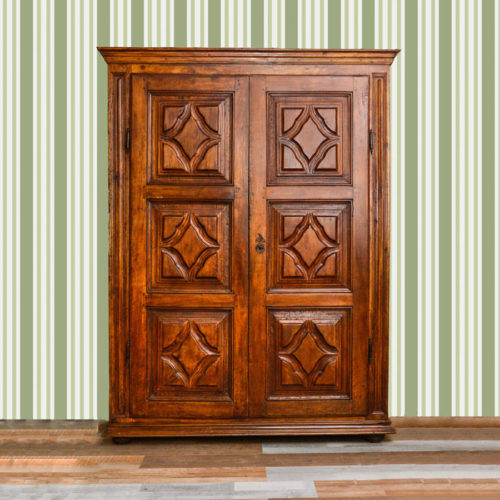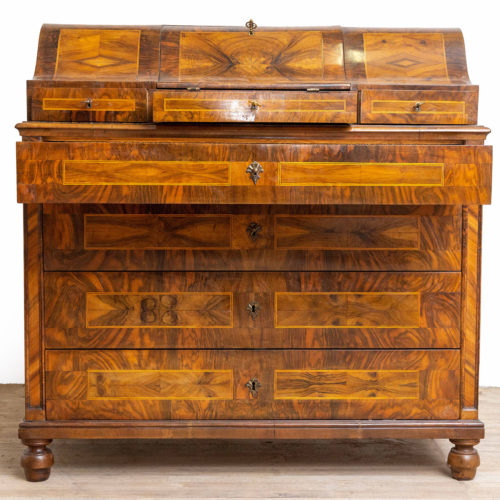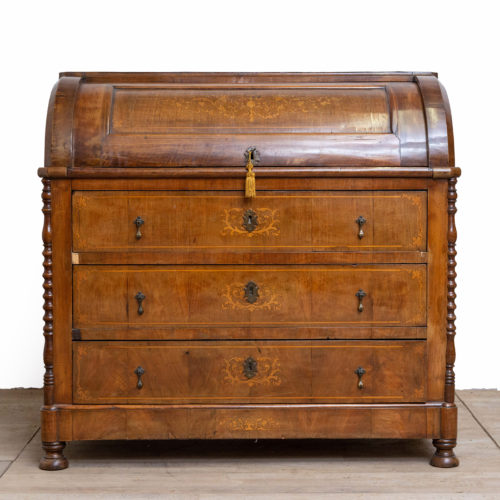-
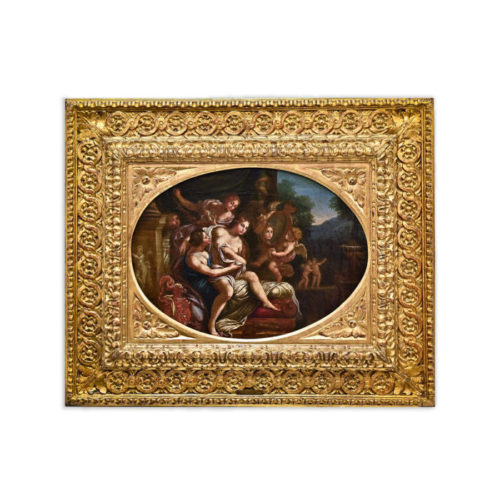 "Toilet of Venus" Oil on canvas first half of the 19th century with a very beautiful contemporary frame, gilded with gold leaf and carved. In the painting Venus is represented with her maidservants and cupids while she is intent on mirroring herself. The frame bears the name plate of the Bolognese painter Francesco Albani (1578-1660), the painting could be inspired by one of his works. Period: First half of the 19th century Measurements: Framed H 68 x W 81,5 x D 6,5 / Canvas H 40 x W 53 cm / Oval H 37 x W 50 cm
"Toilet of Venus" Oil on canvas first half of the 19th century with a very beautiful contemporary frame, gilded with gold leaf and carved. In the painting Venus is represented with her maidservants and cupids while she is intent on mirroring herself. The frame bears the name plate of the Bolognese painter Francesco Albani (1578-1660), the painting could be inspired by one of his works. Period: First half of the 19th century Measurements: Framed H 68 x W 81,5 x D 6,5 / Canvas H 40 x W 53 cm / Oval H 37 x W 50 cm -
Out of stock
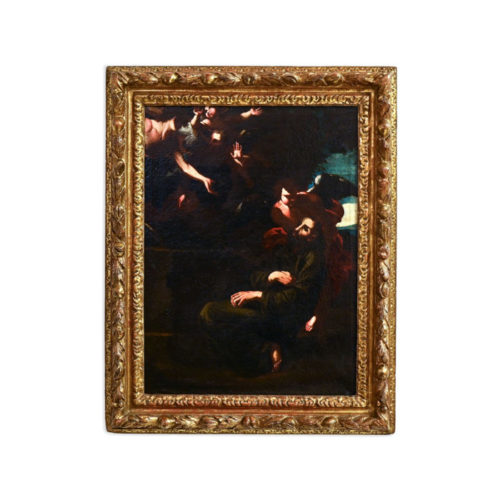 "Ecstasy of St. Francis" oil on canvas from the 17th century, in a coeval frame. Work in excellent condition. The scene of the painting refers to the famous episode in the life of Saint Francis that took place on the Verna mountain in the summer of 1224, when the Saint received the stigmata. Period: 17th century Measurements: Framed H 84.5 x W 66.5 x D 4.5 cm / Canvas H 68 x W 51 cm
"Ecstasy of St. Francis" oil on canvas from the 17th century, in a coeval frame. Work in excellent condition. The scene of the painting refers to the famous episode in the life of Saint Francis that took place on the Verna mountain in the summer of 1224, when the Saint received the stigmata. Period: 17th century Measurements: Framed H 84.5 x W 66.5 x D 4.5 cm / Canvas H 68 x W 51 cm
